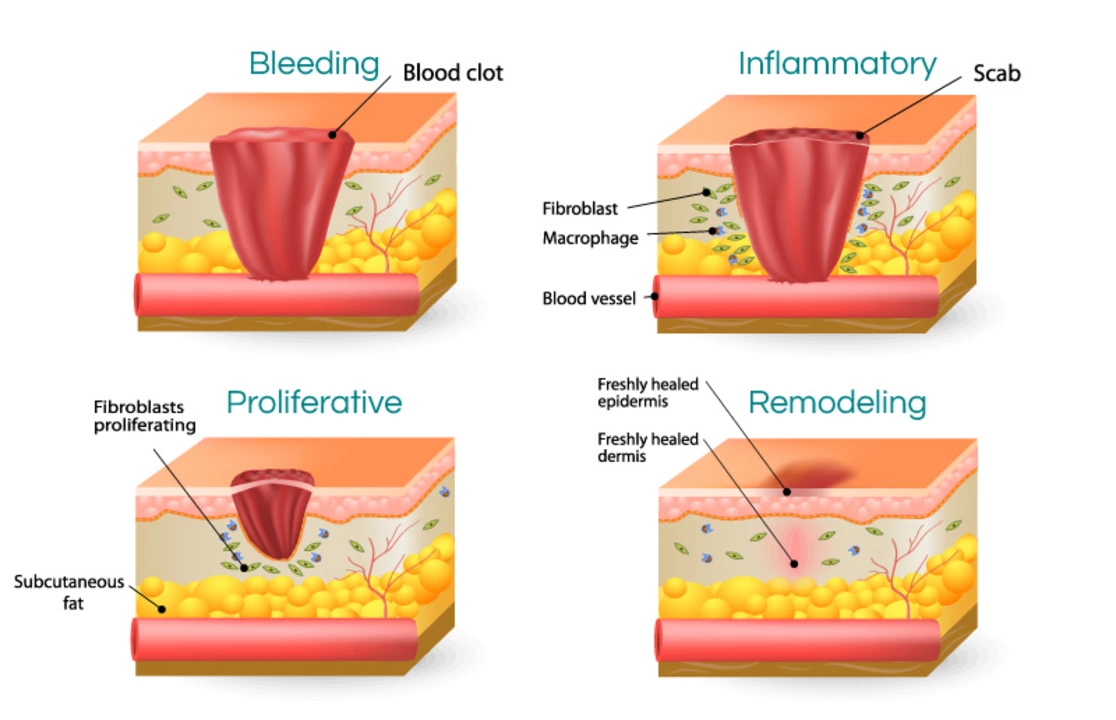Methoxsalen — what it does and how to use it safely
Methoxsalen makes your skin much more sensitive to UVA light. That sounds risky, but doctors use that effect on purpose to treat conditions like vitiligo and psoriasis. If your doctor recommended methoxsalen, you probably want plain, useful facts: what it treats, how to take it, and which risks to watch for. This page gives practical, no-nonsense advice so you can follow treatment safely.
How methoxsalen works and when it's used
Methoxsalen belongs to a group called psoralens. You take it orally or apply it as a cream, then expose the treated skin to UVA light. The drug makes skin cells react to that light, slowing immune activity and helping repigment skin in vitiligo or reduce thick, inflamed plaques in psoriasis. Common uses include PUVA therapy (psoralen + UVA) for widespread psoriasis, stubborn vitiligo patches, and some other skin disorders that don't respond to topical treatment.
Oral dosing is usually a single pill taken 1–2 hours before UVA exposure; timing matters because the drug must be active in the skin when the light hits. Topical methoxsalen creams are applied to lesions and need shorter wait times before light treatment. Your clinic will give exact timing and dose — don’t guess.
Safety, side effects, and practical tips
Expect short-term side effects like nausea, headache, and itching. The most common issue is intense sunburn-like sensitivity. You must protect untreated skin and eyes. Clinics typically give eye protection for 24 hours after oral methoxsalen to avoid long-term light damage to the eyes.
Long-term PUVA raises the chance of skin aging and skin cancer if used a lot over years. Your doctor will track cumulative doses and recommend skin checks. If you have liver disease, certain heart conditions, or take other drugs that increase light sensitivity, tell your provider — dosing may change or methoxsalen may be avoided.
Practical safety tips you can follow every day:
- Avoid sun exposure to untreated skin for at least 24 hours after oral dosing unless your doctor says otherwise.
- Wear UVA-blocking goggles if advised; follow the exact duration the clinic recommends.
- Skip tanning beds and avoid other photosensitizing meds (some antibiotics, diuretics, and herbal products can add risk).
- Use sunscreen on areas not receiving treatment; protect lips and eyes.
- Keep a record of your number of PUVA sessions — clinicians track total UVA exposure for safety.
Always follow your clinic’s schedule. Don’t adjust doses or timing on your own. If you notice severe burns, blistering, vision changes, or unusual fatigue, contact your provider right away. Regular skin exams and open communication with your doctor make PUVA with methoxsalen safer and more effective.
If you want more details about dosing, interactions, or monitoring, ask your prescriber or pharmacist. They can give tailored advice for your health history and other medicines.
The impact of methoxsalen on wound healing and tissue repair
As a blogger, I've recently come across some fascinating research on the impact of methoxsalen on wound healing and tissue repair. Methoxsalen, a natural compound found in some plants, has shown promising results in promoting and accelerating the healing process. Studies suggest that it can reduce inflammation, prevent infection, and even stimulate new cell growth. This could be a game-changer for those dealing with chronic wounds or recovering from surgery. I'm excited to see what future research on methoxsalen will uncover and how it might revolutionize wound care and recovery.
More
